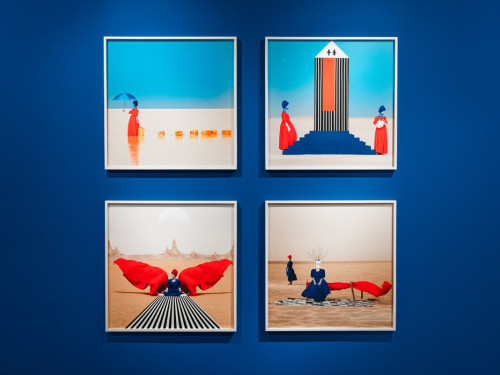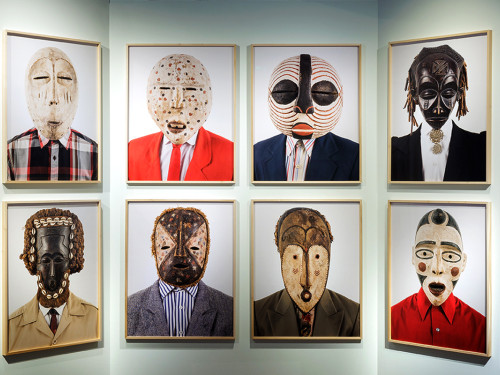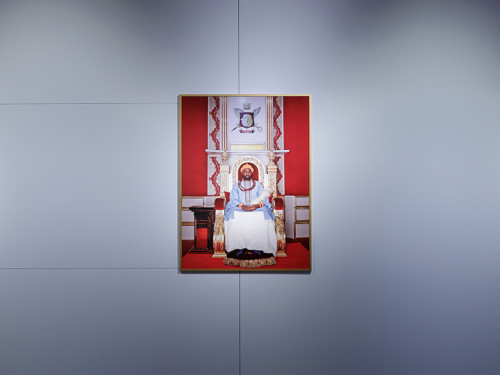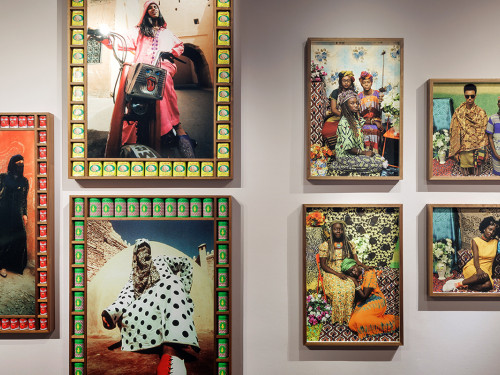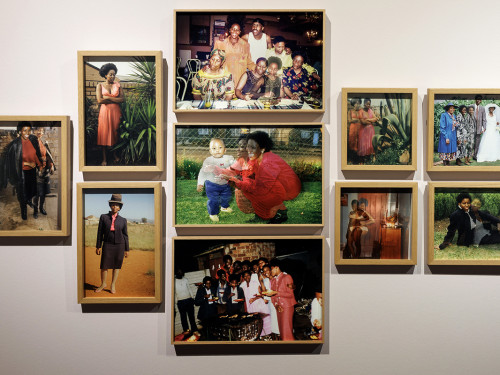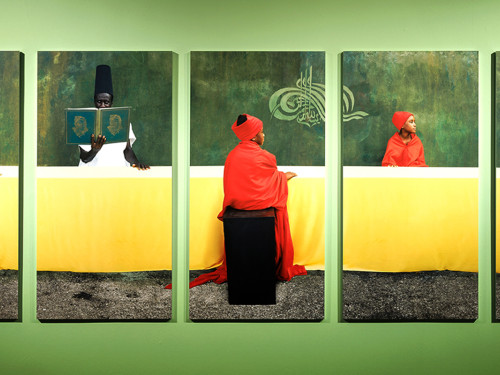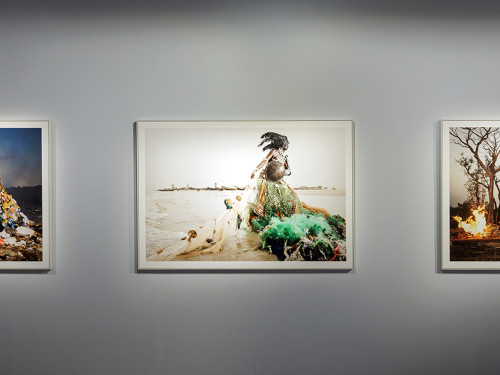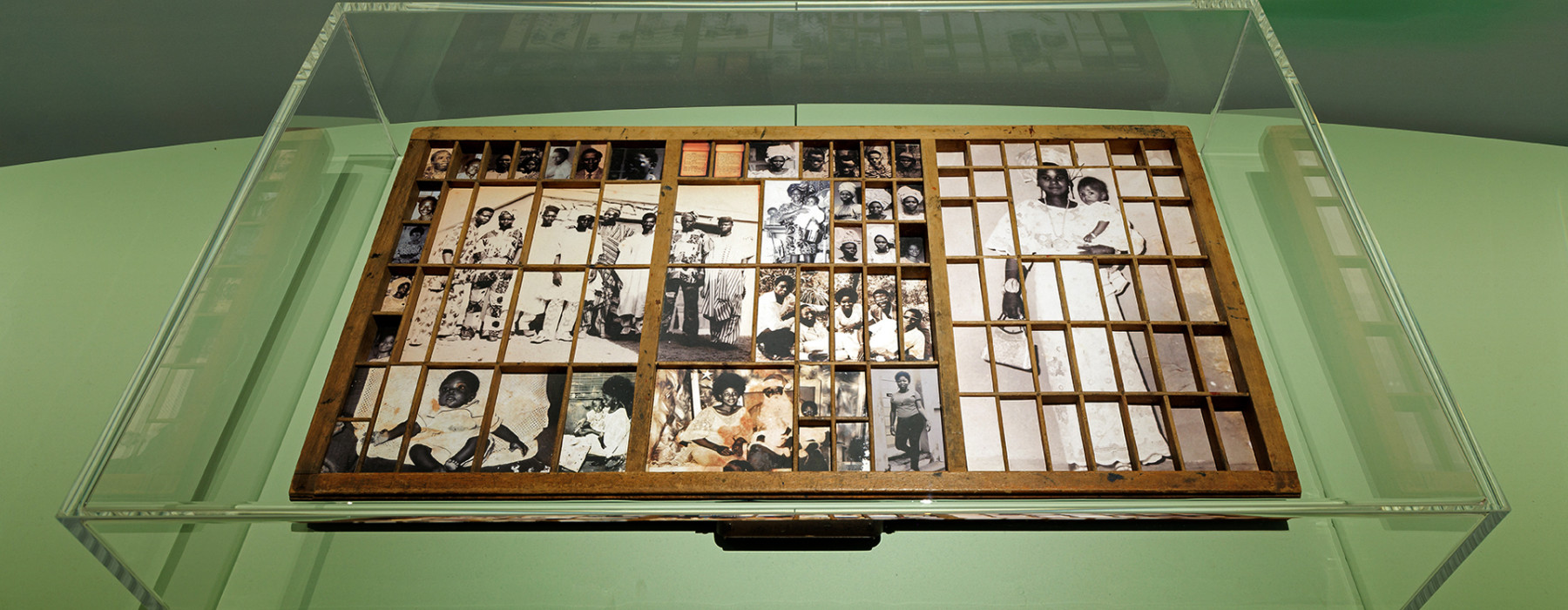
What sparked your interest in photography?
I have always been interested in photographic technique. My first encounter with lithography exposed me to photography in a different light, even before I gained admission into art school, I was using photographs as references in executing my work, then I realized that I can actually incorporate it alongside painting and printing, but it wasn’t photography that I was interested in, but what my art might be, or how I can improve on my methodology and implement my ideas. My upbringing is another factor, the relationship I had with my parents at the family old letterpress printing shop.
Which kind of photography interests you the most?
I am interested in archival/vernacular photographs, I see these materials as a medium to navigate time, they possess the ability to take us through the past, present and possibly the future. Photographs have the power to bring distant memories to the surface. It has evidence of truth and value.
How would you describe your artistic style and approach?
My artistic research is mainly about the archiving process, historical memory, crossing personal memories. I work with old photographs, old pieces of letterpress mechanism, stamps and type cases. My recent body of work explores the importance of material inheritance and interrogates how past and present coalesce,investigating the possibilities inherent in painting, photography and printing using archival materials to highlight personal stories against the background of social and political events which also engage time and memory.
(Header credits: Kelani Abass, courtesy of 31 PROJECT, Paris; Casing History)
A World in Common is on view until 25 August 2024.
